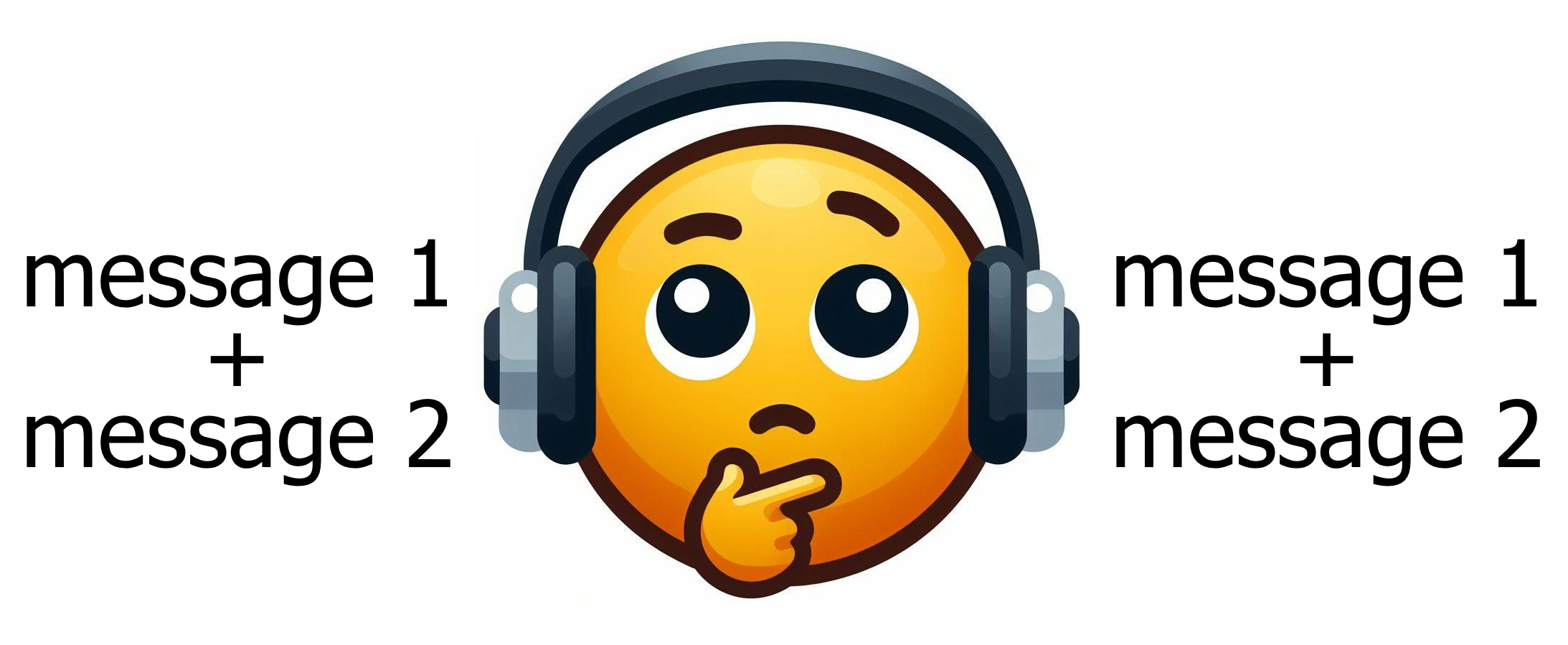
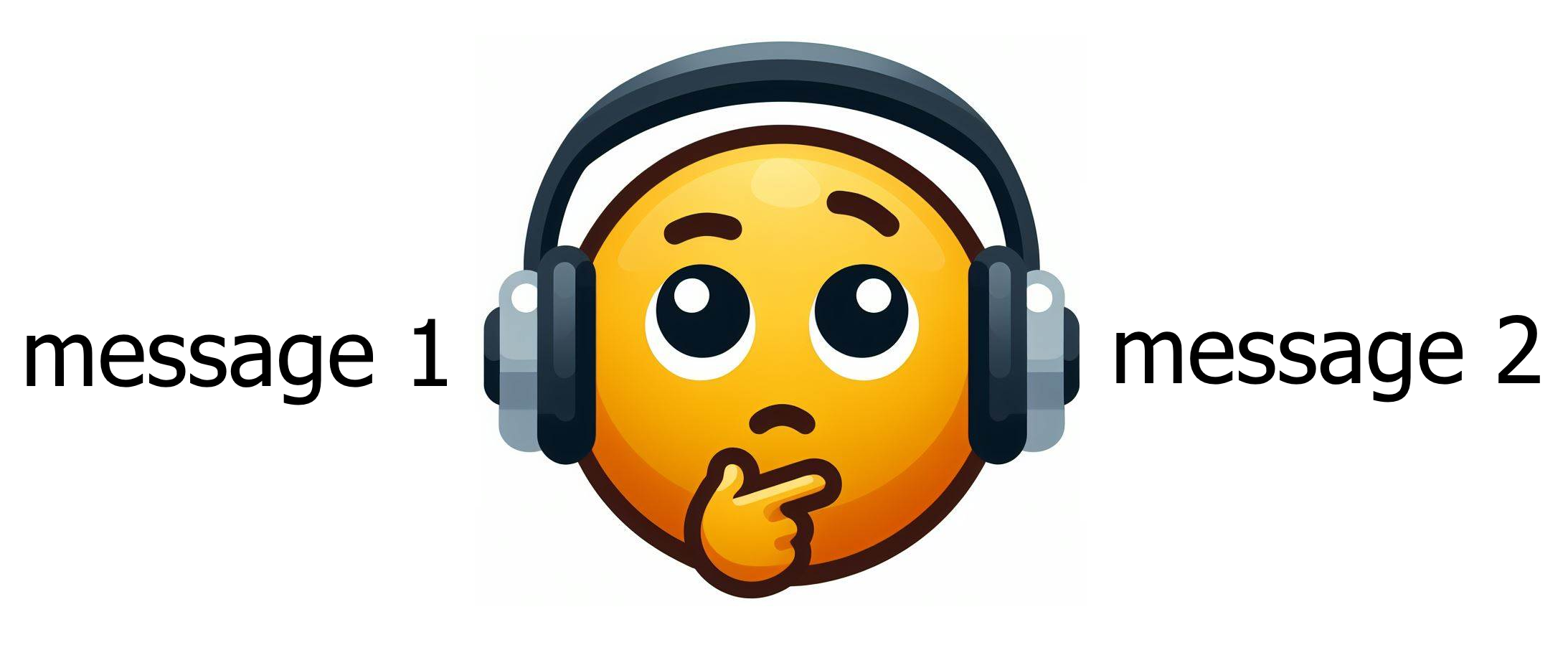

1. What is sensation? What is perception?
2. What is the difference between bottom-up and top-down processing?
3. Describe the Gestalt approach to perception. What are some Gestalt laws of organization?
4. Describe and evaluate these approaches to object perception:
• template-matching models
• distinctive-features models
• structural theories
5. What are two categories of agnosia?
6. What do agnosias reveal about object perception?
• can be defined in terms of _______ processes, like receptor activation and neural firing
• or in terms of ______ activity that mediates between sensation and awareness, interpreting what our senses tell us
_________:
- process of ________ energy or chemicals in the environment in terms of neural signals
- a basic experience elicited by a simple stimulus
- more concerned with your own physical __________
e.g., feeling of ______ on your skin
__________:
- organization and interpretation of neural signals, making them __________
- more complex experiences produced by integrating sensations
- more concerned with ___________ the stimulus
e.g., you see a hot _____ element, producing heat you feel; you know it is X cm away, and it can burn you
• bottom-up (____-driven) processing: low-level stimulus data from receptors is processed; may be combined to form patterns
e.g., representation created via Gestalt laws
• top-down (____________ driven) processing: higher-level cognitive processes like memories, beliefs, or expectations affect interpretations of (possibly ambiguous) stimulus input gathered by the senses
e.g., may guide where to look or what to look for
Biederman (1981):
- observers cued to a location on a screen
- scene then presented on screen
- task: identify object at cued location
- result: observers did _____ identifying familiar items in an impossible location than in an unlikely location or normal location
e.g., fire hydrant on top of mailbox vs. on lunch counter vs. on street



- conclusion: __________ knowledge of context influences perception
Palmer (1975):
- observers shown contextual scene of a kitchen
- then target object presented: a) loaf of bread, b) mailbox, or c) drum (none appeared in scene; only bread “belonged”)

- task: identify target object
- result: identification performance was best for the loaf of bread
- _______ leads you to expect certain things to fit in, and can enhance performance
Coren, Porac, & Ward (1978): individual differences
- presented ambiguous doodle-like figures:

- interpreted differently by males vs. females
_______ needed between top-down and bottom-up processing:
• only top-down ![]() see only what you ______ to see--even if it differs from reality!?
see only what you ______ to see--even if it differs from reality!?
• only bottom-up ![]() you can’t use anything you’ve _______ about the (perceptual) world
you can’t use anything you’ve _______ about the (perceptual) world
- basis: ________ could be produced by a succession of stationary stimuli (Max Wertheimer, 1912)
- motto: “the _____ is different than the sum of its parts”
e.g., Rubin figure (1915):
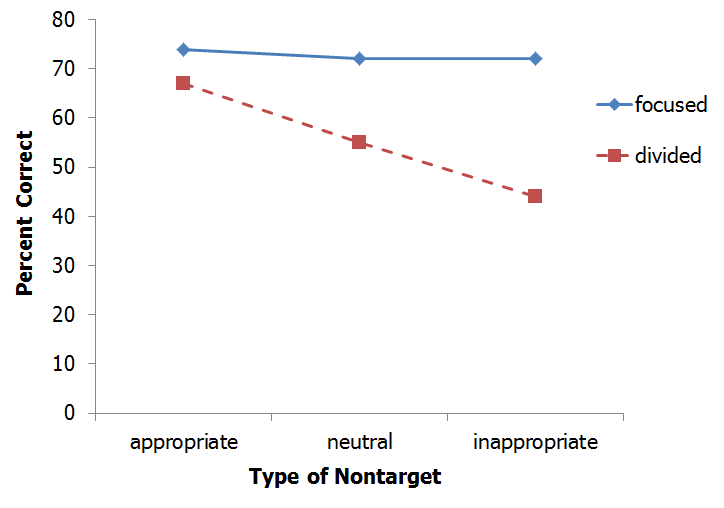
Generally, figures:
• appear to be in _____
• are smaller
• have well-defined _____
• are meaningful
• have more ______
• differ from background in brightness
• _________/nearness: things near to each other tend to be grouped together
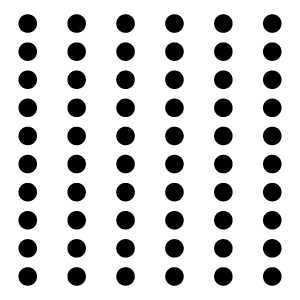
• __________: similar things tend to be grouped together
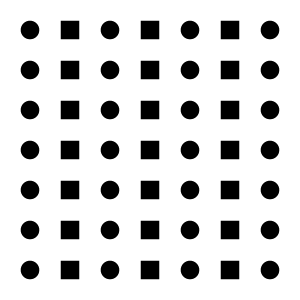
• ____ ____________: points that, if connected, would result in either straight or smoothly curving lines, tend to be seen as belonging together
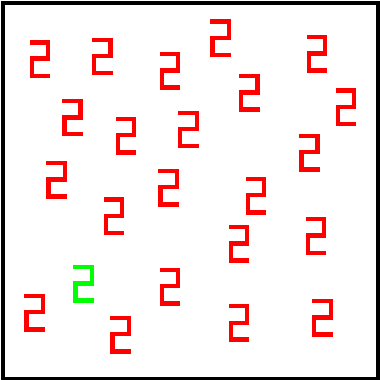
• _______: a space enclosed by a contour (real or illusory) tends to appear as a figure
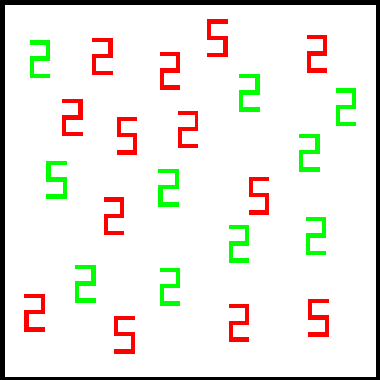
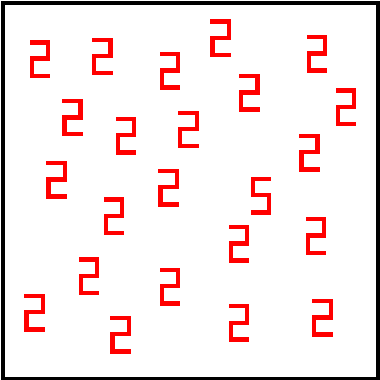
• ______ ____: things that are moving in the same direction tend to be grouped together
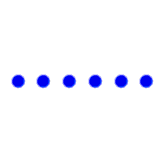
• ______________/familiarity: things that are meaningful or familiar tend to form groups

• law of ________ (“good figure” or “simplicity”): every stimulus pattern is seen in such a way that the resulting structure is as simple as possible

Pros & cons:
![]() ________ approach
________ approach
![]() operates post hoc; not good for predictions
operates post hoc; not good for predictions
![]() not good at ____________
not good at ____________
![]() _____ definitions: “simplicity”?
_____ definitions: “simplicity”?
• ___________: perceiving something as previously encountered
• ______________: naming or classifying an object
Template-matching models
- assumptions:
• represented as holistic, unanalyzed unit (________)
• input pattern compared to stored representations
• stimulus categorized by exact match
- pros & cons:
![]() successfully used by ________
successfully used by ________
e.g., MICR numbers on cheques, barcodes
![]() requires all-or-none judgment; intolerant to __________:
requires all-or-none judgment; intolerant to __________:

![]() too many templates required
too many templates required
![]() cannot handle _______:
cannot handle _______:
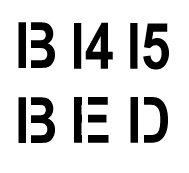
![]() cannot handle _____ stimuli
cannot handle _____ stimuli
Distinctive-features models
- assumptions:
• represented as list of ________
• inputs analyzed into small list of constituent features
• identity determined by selecting feature list most similar to input
___________ (Selfridge, 1959)
Stage 1: “_____ Demon”
- gets sensory input
e.g., R
Stage 2: “_______ Demons”
- analyze input in terms of features
e.g., ![]()
Stage 3: “_________ Demons”
- determine which groups of features are present; each activated by several particular features
e.g, P R T more than A or X
Stage 4: “________ Demon”
- identifies the pattern by listening for the Cognitive Demon shouting loudest
e.g., R
- pros & cons:
![]() evidence:
evidence:
Hubel & Wiesel (1962): visual _______ detectors
Gibson, Schapiro, & Yonas (1968):
• “Are letters same or different?”
• G vs. W, RT = 458 ms
• P vs. R, RT = 571 ms
![]() can identify wide range of stimuli--just specify component ________
can identify wide range of stimuli--just specify component ________
![]() doesn’t define “_______”: single line segment? two lines forming an angle? curved line?
doesn’t define “_______”: single line segment? two lines forming an angle? curved line?
![]() cannot handle Gestalt organizational principles: when is a row of dots a line?
cannot handle Gestalt organizational principles: when is a row of dots a line?
![]() cannot handle _______
cannot handle _______
![]() what about real-life/3-D objects?
what about real-life/3-D objects?
Recognition by __________ (Biederman, 1987)
- assumptions:
• visual scene can be decomposed into a constant set of basic elements: “_____” (geometric icons): 36 basic volumetric shapes that can be modified (length, width, etc.), yet remain identifiable (cylinder, brick, cone):
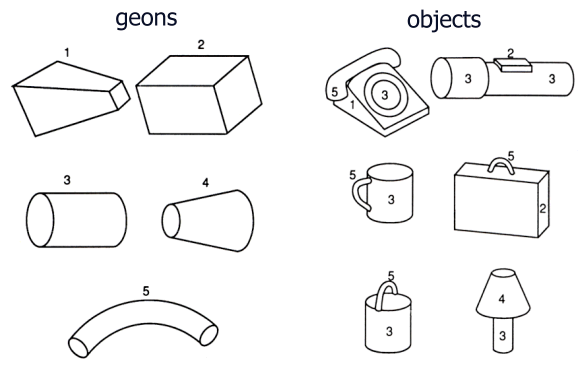
• Principle of ____________ ________: if object’s geons can be determined, then it can be identified--even if object is partially obscured
- pros & cons:
![]() has well-defined features
has well-defined features
![]() can handle variation, novel stimuli
can handle variation, novel stimuli
![]() cannot handle context
cannot handle context
![]() may be too broad--objects also differ in their _______
may be too broad--objects also differ in their _______
• from Greek, meaning “without knowledge”
• failure or deficit in perceiving or identifying objects (Freud, 1891)
e.g., _____________: disruption of face perception; inability to recognize/identify friends and family; inability to read facial expressions/emotions
- may not be able to determine stimulus is a face
- or may have intact perception of facial features but no holistic face perception
Categories of agnosias (Lissauer, 1890):
• ____________: failure to form a holistic percept; deficit in perception of whole objects
- inability to extract global structure, despite intact low-level sensory processing (acuity, colour, and brightness discrimination intact)
- cannot identify, discriminate, or copy complex visual forms, like ______
- but they can grasp objects they cannot identify
- a.k.a. visual form agnosia, or visual space agnosia
• ___________: deficit in associating pattern with meaning (“recognition without meaning”)
- cannot draw from memory
- able to copy and draw pictures, but cannot identify them
- can use other senses (e.g., touch, smell)
e.g., visual ______ agnosia: “convoluted red form with a linear green attachment” = ____ (Sacks, 1970)
Specific agnosias (Farah, 2004):
• ________ specific (or semantic) agnosia: inability to identify living (or nonliving) objects, metals, fruit, vegetables, musical instruments, fabrics, and/or gemstones
• ________ syndrome:
- inability to perceive more than one aspect of a visual stimulus, or integrate details into a coherent whole
e.g., “a man...and mountains” = scene of _____ (Tyler, 1968)
- person can identify individual objects, but cannot tell where they are located, or reach for them
Two somewhat distinct visual pathways (Ungerleider & Mishkin, 1982):
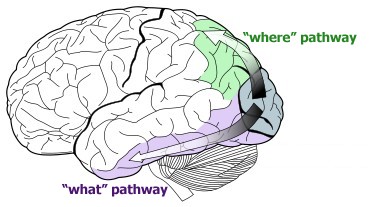
• “____” pathway
- concerned with object recognition and identification
- from occipital lobe to temporal lobe; a.k.a. ventral pathway
• “_____” pathway
- involved in locating objects, motion, spatial relationships, depth
- from occipital lobe to parietal lobe; a.k.a. dorsal pathway
• supported by ______-dissociation: in one case study, one ability is functioning, but another ability is not; and vice-versa in another case study
- visual form agnosia: damaged “what” pathway, but intact “where” pathway
- Bálint’s syndrome: intact “what” pathway, but damaged “where” pathway
Milner & Goodale (1996):
- patient D.F. (“Diane”) had CO poisoning, which led to brain damage and visual form agnosia: unable to discriminate object identity, shape, orientation
- cannot identify or draw an apple or a book by looking at them--but can draw them from memory or idenfity objects by holding them
- can perceive colours and textures
e.g., she can identify a banana from its yellow colour and texture of its surface)
- to her own ________, she can accurately reach and grasp objects
e.g., can reach out to appropriately grasp a banana
- tested on two similar, but different tasks:
• ___________ matching: “Hold the card at the same slant as the slot”; D.F. much worse than a control participant
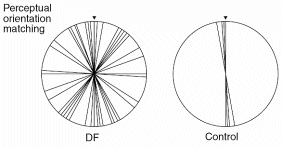
• visuomotor _______: “Put the card into the slot”; D.F. about the same as a control participant (intact dorsal stream)
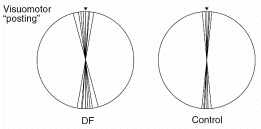
- damaged “what” system, but intact “___” system (i.e., not just “where”, but how to interact with objects in space)
Implications:
• detecting visual features is critical in constructing a _______
• perceiving features of a visual stimulus is separate from higher-level processing
• connecting _______ with a visual pattern is a separate step
• there are multiple visual pathways that handle perception and action